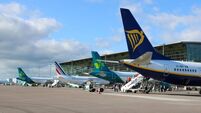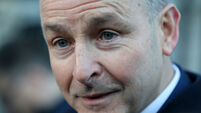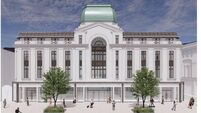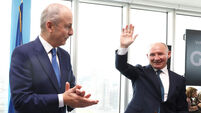80s paved way for today’s Ireland
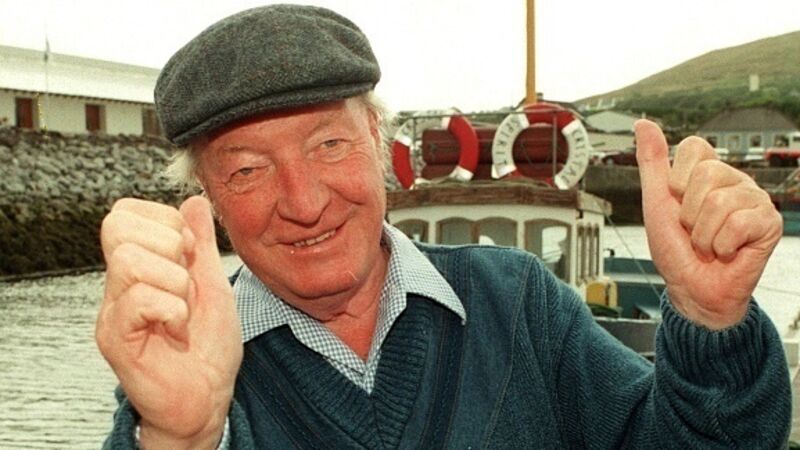
THERE is much talk of economic recovery, not all of it confined to the property pages and to the strange shiny alternative universe described in official press releases. This recovery is real, but fragile. It just feels a bit odd.
In central Dublin, the restaurants appear pretty full. Refurbishment work is getting going in the middle income areas, yet visitors to the capital comment on the large numbers of mainly young people, spreadeagled on the streets in sleeping bags, put there, in large part, by a social crisis born of family breakdown, drug addiction, and a growing housing crisis.
The Government has exhausted itself in the effort to re-establish Ireland’s credibility overseas. It is an achievement which could yet be derailed by events, but is real for all that.
It has paved the way for overseas investment which is helping to fill, on the property scene, some, at least, of the huge gaps left in our battered banking system.
The citizenry, however, sees foreigners swooping to pick up assets at bargain prices. Daily life for most people remains a struggle. Gratitude from the Governed towards the rulers is in short supply.
We have been here before. Let’s jump back to 1987. Ireland had been a beaten docket, economically, for pretty much all of the preceding five years.
Things were just starting to look up. A weary Fine Gael-Labour coalition had imploded after years of financial fire fighting.
The new Taoiseach, Charles Haughey, returned to power on the back of a promise that he would restore confidence.
A wary electorate denied his party an overall majority, but helped by his right hand man, Ray MacSharry, he just cracked on.
MacSharry wielded the axe on the health service which gobbled up 7.5% of the total budget. It was crude, but in strictly financial terms, effective. The debt began to fall, eventually triggering a resurgence in business confidence.
Haughey’s hoary old mantra had been all about Ireland’s great young population, half of whom were under 25. He repeated it like a parrot on the hustings.
By 1987, his speeches contained more references to computers. He would drone on at length about new technology in an effort to ward off questions about past mistakes and dark shadows.
The Irish IT revolution was out of the cradle and starting — slowly — to crawl, dragging on foot behind it.
At the time, a company called Lake Electronics walked tall. It was the largest owned home grown electronics enterprise in the country. It supplied telecommunications products to telephone networks across the globe and was featured in a book of the time, The Pace Setters, written by journalist, Aileen O’Toole. Lake would go the way of all flesh.
But an event of more long term significance would occur a year or two later when the IDA managed to hook a big fish, Intel Corporation, for Leixlip.
The Intel investment helped to move Ireland into a bigger league when it came to landing mobile international projects.
It was a major feather in the cap for an organisation headed up by Padraic White.
Manufacturers benefited from a 10% tax rate, but some respected experts argued that it should be wound up by the year 2000.
The Commission on Taxation recommended the same rate for companies and individuals.
The new government had no such qualms. It believed in using tax breaks to prime the business economy and help a building industry that funded its election campaigns.
London was starting to boom big time with the advent of ‘Big Bang’ and the deregulation of the stock market. Suddenly, the place was thick with swaggering traders holding big brick like implements to their ears while they brayed through their mouths.
Deregulation had a close sibling called privatisation : they were the creations of prime minister Margaret Thatcher. A mysterious man called ‘Sid’ featured in a nationwide campaign to sell shares in British Gas.
The Irish economy started to benefit from a pre-election boom in Britain that would turn into a house price bubble ending in grief around 1990.
The new government also moved to cash in with innovative plans for a financial centre at Custom House Quay, near Connolly station. Its predecessor had already introduced tax reliefs in an effort to jump charge development there.
A new public-private sector committee was set up to promote the Financial Centre, with mandarins joining forces with entrepreneurs like Dermot Desmond, the first time this had happened.
An IDA ‘hard sell’ team was established and sent out to knock on doors with a target of landing almost 30 investments by the end of 1988.
A consortium consisting of McInerney Group, British Land and Hardwick, landed the £250m contract to build the centre which was designed to bring some Miami Vice-style glamour to a rundown docklands that previously served as a set for British gangster series.
But events in Wall Street almost spoiled the party. Shares fell by over 20%, the worst one-day drop since the Great Crash. The Irish equity market took a bath dropping 45% from its peak — it had witnessed some very significant floatations including that of Kerry Group during a period of buoyancy.
The first buildings rose at the Custom House, though later the Gulf War would delay further development while ultimately, in 1992, scuppering Tony Ryan’s GPA, a glamour company of the period.
Irish workers were much lower down the business food chain. The great influx of high end investments had yet to arrive.
Flagship companies like Waterford Glass were looking down the barrel of the gun. Once high-flying Waterford would require the services of lifeboats by the end of the decade.
Cork’s economy was in shreds following the departure of Ford, Dunlop, and the Verolme dockyard.
The Dublin of 1987 was pock marked with derelict sites. Tax incentives in designated areas would spark an apartment building boom, helping to launch the controversial career of Liam Carroll, king of the shoebox apartment. Some owners — many connected to those in power — benefited from windfalls. The bonanza helped beget the dodgy deals of later years that ultimately led to the disastrous property bubble.
The industrial relations scene was very different in the mid 1980s. Worker was frequently pitched against manager. Outdated work practices reigned. Packard Electric, a major employer in Tallaght, supplier of key components to British Leyland in Birmingham, was riven by unofficial disputes. A major achievement of the new administration was the securing of a national pay deal under the auspices of labour minister Bertie Ahern. Haughey cut deals with the unions by promising tax cuts in return for pay restraint.
He had room to manoeuvre. The top income tax rate peaked at 65% during the 80s. Interest rates had begun to fall after the US Fed under chairman Paul Volcker, had cracked inflation with the help of plummeting energy prices. Oil fell to barely $10 a barrel. Today, it is over $100 (€72).
Back then, our rulers did not have to cope with a bust banking system and with household indebtedness that matches the debts of the State, a real double whammy.
We are saddled with debt, but unable to inflate our way out of it.
The 80s were rough, but the ball bounced well for our government then. The EU was oiling the wheels with huge grants for education, roads, and social programmes, while the 1992 project for a European internal marker promised — and provided — great gains for exporter countries like Ireland.
The Irish people were less skilled, then, less educated, yet the social crisis, the gap between haves and have nots, was far less severe.
Far fewer slept rough. The drugs crisis, while shocking, was largely a city affair. Public housing was far more available.
The Irish economy is far more sophisticated these days, but somehow the task of spreading the wealth and easing the pain is more onerous in a public environment, what with the overhang of debt and the distrust of institutions, appears riven with distrust.
One of the great ironies of the past 25 years, is that the workplace has grown less divided whereas the world outside appears to have moved in the opposite direction. Progress doesn’t run in straight lines, it winds all over the place like a potholed country road.








